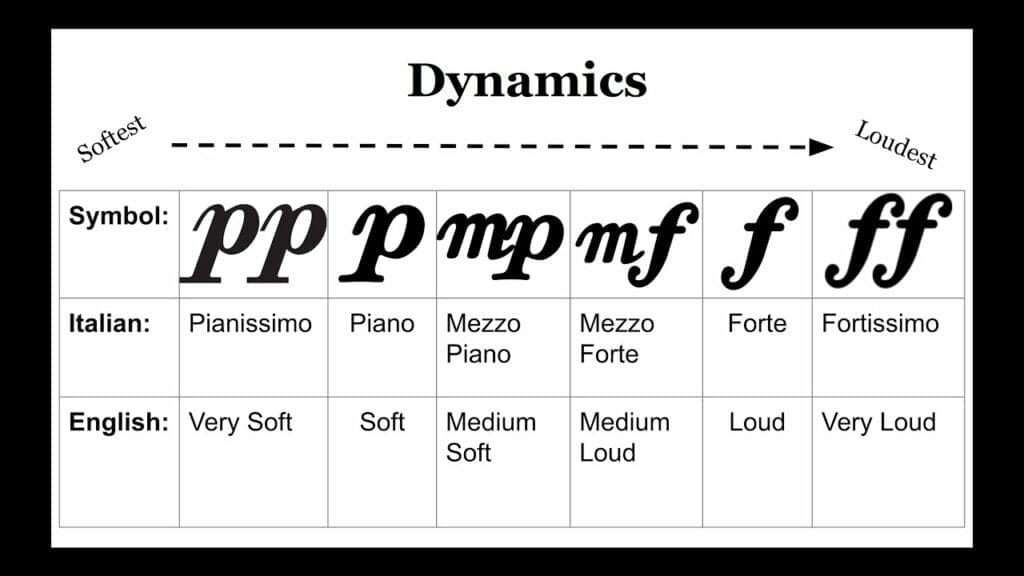Music is a powerful art form that has the ability to move us emotionally and spiritually. One of the most important aspects of music is its dynamics. This refers to the way in which the volume of the music changes over time. Dynamics are used to create variation and emotion in a piece of music. They are an important element of any composition.
In this article, we will explore what dynamics are and how they can be used to enhance the impact of a piece of music.
What is dynamics in music?
Dynamics meaning in music – It is an important part of musical expression. They help to convey the mood and emotion of a piece. Composers use dynamic in music to create contrast and add interest, ranging from very few changes to many.
Italian terms are used to describe dynamics, each with its own abbreviation. When performing a piece, it is important to pay attention to the dynamic markings given in order to accurately express the composer’s intent.
To ensure proper interpretation of dynamics, listen carefully for reference notes at the beginning of a piece or section that will guide you in playing quietly or loudly as indicated by the dynamic markings.
Pianissimo (pp) – very quiet
Piano (p) – quiet
Mezzo forte (mf) – moderately loud
Forte (f) – loud
Fortissimo (ff) – very loud
Sforzando (sfz) – a sudden, forced loud
The abbreviation “mf” is commonly used to indicate dynamics in music, representing the dynamic marking mezzo forte.
Examples of dynamics in music
In the Hall of the Mountain King – Edvard Grieg
The renowned composition by Edvard Grieg is well-known for its contrast of dynamics, gradually increasing in volume. Viewers of the video above can even observe the dynamic markings if they pay close attention – the animator included them.
Hungarian Dance No. 5 – Johannes Brahms
The Hungarian Dance No. 5 by Johannes Brahms is a popular piece for studying dynamics and tempo due to its range of contrasting elements. Even better, each performance of this song has its own unique dynamic and tempo choices, so it’s worth exploring different renditions to compare and contrast the various interpretations.
“Surprise” Symphony No. 94 – Franz Joseph Haydn
The renowned Franz Joseph Haydn’s “Surprise” Symphony is a must-see when exploring dynamics – it is an impeccable example of the concept and carries a captivating backstory. It is said that while Haydn was composing music for Austrian prince Nikolaus Esterházy, he noticed the audience often dozing off during the inner, slower movements of symphonies.
Annoyed by this, Haydn set out to write something to wake them up in his 1791 symphony no. 94; he included a surprise dynamic shift from soft and gentle sounds to an abrupt and loud BOOM! This ensured any slumbering spectators were brought back into awareness.
Why are dynamics important?
Dynamic changes in music are incredibly important, as they can evoke a wide range of emotions. For example, a soft, gentle piece can be calming and soothing, while heavy metal music is meant to be performed loud and with vigour. These different dynamics can help us in many ways; they can motivate us to dance or concentrate on our studies.
Next time you listen to a piece of music, take note of the dynamics being used. You could even try mapping them out on paper or adding some dynamic changes yourself when performing for an audience; this will enhance the experience for everyone involved.
Conclusion
Dynamic notations may have been a late addition to music, but they are essential for creating dynamic contrast and distinguishing professional from amateur musicians. Dynamics are an important part of music and should not be overlooked.
We hope you have a better understanding of the dynamics in music definition!











